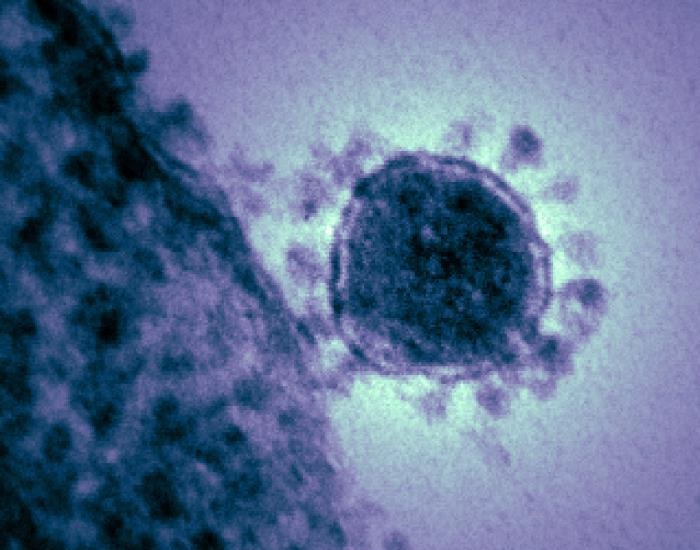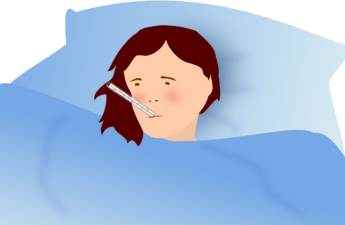v
Planning for a Novel Coronavirus Outbreak: What You Can Do to Prepare at Home, at Work and in the Community

By Hilary N. Karasz, Public Health – Seattle & King County
The outbreak of novel coronavirus continues to grow in China and cases have been reported from multiple other countries. Widespread transmission is still limited to China and has not been reported from other countries at this time.
Fourteen cases have been reported in the US, and there is no community spread occurring anywhere in the US. For this reason, public health officials believe the current risk to the U. S. public is currently low.
Experts don’t know, however, whether or when our risk will increase as the outbreak continues to grow in China and elsewhere.
Although we can’t accurately predict the course of the outbreak, there is growing concern that novel coronavirus might be the next pandemic virus, spreading around the world and possibly reaching the U.S. in weeks to months.
The Public Health Insider has talked about the potential for this virus to become a pandemic in a previous blog.
Today, we turn to Dr. Jeff Duchin, Health Officer for Public Health – Seattle & King County, to learn how we can prepare at home, work and in the community just in case this virus becomes a pandemic.
Why should we get prepared now?
Novel coronavirus infection, which is now officially known as COVID-19, does not currently present an immediate threat to King County or our state. But, as we watch the outbreak continue to spread in China and elsewhere, we should take this opportunity to prepare now, in case it becomes a significant health threat locally.
Understanding how we respond to pandemics is part of preparing. Furthermore, many of the same steps that are part of our national, state and local pandemic influenza preparedness plans are likely to be useful for novel coronavirus preparedness. Again, it’s a good idea to be familiar with what might be recommended in order to help prepare now, before an outbreak occurs.
What are some of the strategies we will use in the event of a serious novel coronavirus pandemic?
Based on what we know now, one or more of the following strategies called non-pharmaceutical interventions (NPI) might be considered. These interventions are used to decrease the risk of infection on a community level. Health officials will consider specific strategies that will depend on the number of people that become ill, the severity of illnesses, and other local conditions including estimated costs and potential benefits.
If there is a serious pandemic, the Centers for Disease Control and Prevention (CDC) and others will recommend steps that individuals, organizations and communities put into place to help slow the spread of illness during an infectious disease outbreak and are a key part of pandemic preparedness.
What are some of the steps we can do personally?
- Stay home when you are sick. Staying home when ill prevents the spread of infections to others.
- Use good respiratory etiquette and hand hygiene in all community settings, including homes, childcare facilities, schools, workplaces, and other places where people gather. Cover your coughs and sneezes with a tissue and put the used tissue in a waste basket. If you don’t have a tissue, cough or sneeze into your upper sleeve, not your hands.
- Wash your hands often and thoroughly with soap and water for at least 20 seconds or use an alcohol-based hand sanitizer (with at least 60-95% alcohol).
- Avoid touching your eyes, nose or mouth: Germs are often spread when a person touches something that is contaminated with germs and then touches his or her eyes, nose, or mouth.
- Practice other good health habits: Clean and disinfect frequently touched surfaces at home, work or school, especially when someone is ill. Get plenty of sleep, be physically active, manage your stress, drink plenty of fluids, and eat nutritious food.
What other preventive steps might be required in a novel coronavirus pandemic?
Voluntary Home Quarantine:
I’ve said that staying home when sick is an important step to limit the spread of illness. During a severe pandemic, we may also ask that people who are not sick voluntarily quarantine themselves at home when someone they live with is believed to be infected with the virus.
Depending on how the novel coronavirus spreads in the community, voluntary home quarantine of exposed household members might be recommended as a personal protective measure during a severe pandemic in combination with other personal protective measures such as respiratory etiquette and hand hygiene.
Use of face masks by people who are well:
CDC does not routinely recommend the use of face masks by people who are not sick in the home or other community settings as a means of avoiding infection from novel coronavirus. Furthermore, people wear masks for a variety of reasons, including to avoid pollen and air pollution, as a courtesy to others when they have the common cold, and for other cultural and even social reasons. Because mask use is customary in some cultures, it’s not appropriate to make assumptions about why someone is wearing a mask or to stigmatize or discriminate against people who choose to wear masks.
Use of face masks by people who are ill:
The use of face masks by ill people might be recommended during a severe pandemic when crowded community settings cannot be avoided (for example, when people with symptoms of novel coronavirus seek medical attention).
Another example when a mask might be appropriate is when ill people are in close contact with others and share common spaces with other household members, or when symptomatic postpartum women care for and nurse their infants. Face mask use by ill people might protect others from infection in these situations.
You’ve talked about what individuals can do during a pandemic. What can communities do?
It’s good to start thinking about some of the things that might be recommended on the community level now, so that we’re all better prepared if we need to take these steps.
Community measures include “social distancing” interventions in schools, workplaces, events, meetings, and other places where people gather. Social distancing means creating ways to increase space between people in settings where people commonly come into close contact with one another to reduce the spread of infection. Multiple simultaneous social distancing measures might be recommended to help reduce the spread during a severe pandemic.
One example of social distancing is to increase the distance to at least 3 feet between people when possible to reduce person-to-person spread of infection. This applies to apparently healthy people without symptoms, while standing in line at a store, or gathering together at a meeting. In the event of a very severe pandemic, this recommended minimal distance between people might be increased.
People who show symptoms of novel coronavirus and who might be infected should be separated from well people as soon as practical, be sent home, and isolate themselves from others at home.
Other social distancing measures include temporarily dismissing childcare centers and schools. In addition, social distancing may include discouraging people from attending, or even closing, sporting events, concerts, festivals, conferences, places of worship, and other settings where groups of people gather.
What can businesses do to prepare for a pandemic?
Businesses and other organizations should be prepared for increasing numbers of absences and the impact on their operations. Specific guidance for businesses is available at https://www.cdc.gov/coronavirus/2019-ncov/guidance-business-response.html. This guidance may be of interest to employees as well.
Cleaning is important during a pandemic, isn’t it?
Very much so. Everyone can help to keep the environment germ-free by cleaning frequently touched surfaces and objects like doorknobs. Regularly cleaning surfaces and objects that are frequently touched is recommended in all settings, including homes, schools, and workplaces, to remove viruses and bacteria that can cause illnesses – and might help prevent transmission of novel coronavirus as well.
It’s important to remember that at this time, novel coronavirus is not spreading in any community in the U.S. We cannot predict if or when that will change, but if it does, taking the time now to think about preparedness should pay off.
For more information about what individuals, families, schools, and workplaces can do to prepare for a pandemic, see: https://www.cdc.gov/nonpharmaceutical-interventions/
Originally published on 2/13/20


